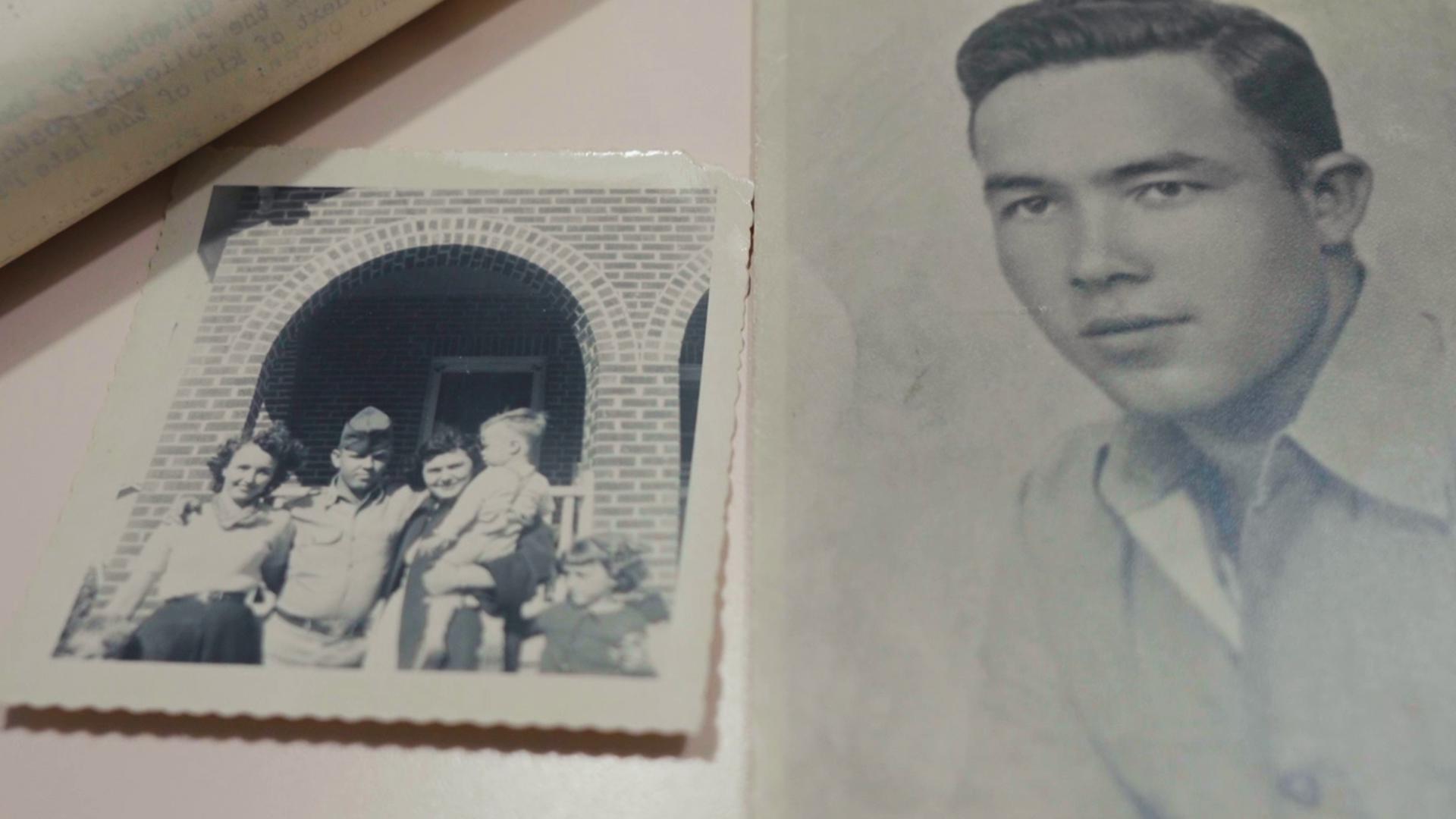TOLEDO, Ohio — This is the story of 11 Investigates lead reporter Brian Dugger, in his words, of what it was like to learn a mystery had been solved. But unlike all of the times before, this mystery was one involving his own family:
The call from my mother came during the middle of the workday.
I can count on one hand the number of times she has called me at work, so I knew it was important, but I was in a meeting and couldn’t pick up.
However, I was able to look down at the transcription of her voicemail on my phone: “Hi Brian, it’s mom guess what they found uncle Lois ’s body Give me a call bye...”

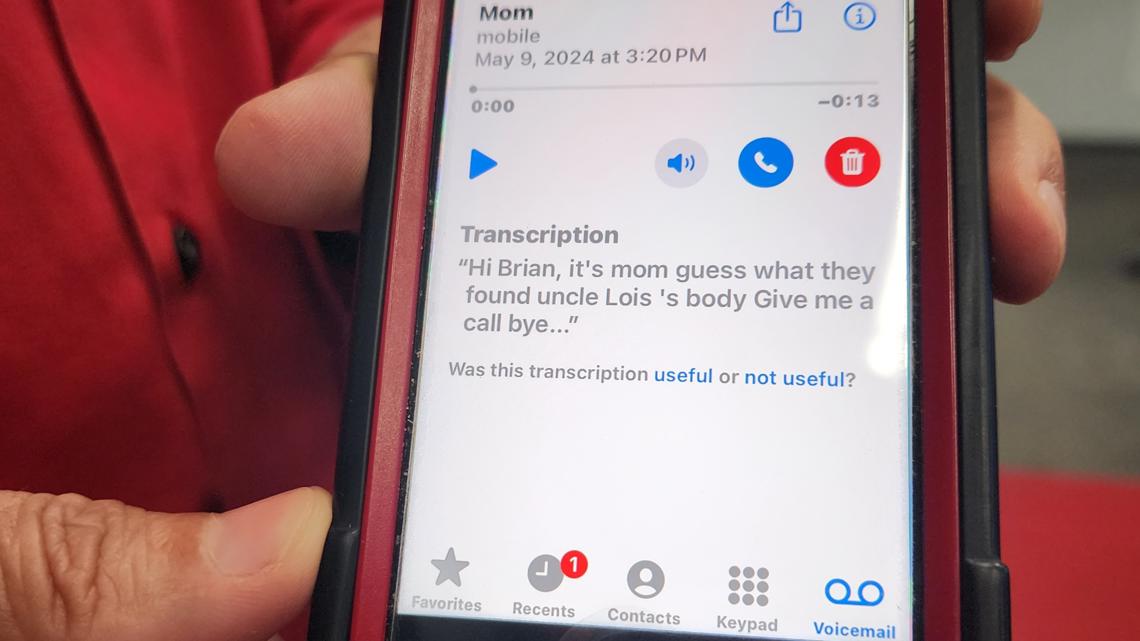
No punctuation or context, but I knew what it meant. I was so stunned that I’m pretty sure I may have sworn out loud. The only missing uncle in our family was the one who died on July 4, 1944, during World War II’s Battle of Saipan.
Marine Pvt. Lewis Oscar McIntosh jumped out of a foxhole to grab some ammunition from a nearby depot, and he was never seen again.
The battles in the Pacific were particularly brutal as the Marines hopped from island to island, clearing large areas for airfields that could be used in an invasion of Japan.
The Battle of Saipan started on June 15, 1944, and lasted a couple of weeks. It was a costly victory for the Americans, who lost 3,500 Marines, including 18-year-old Pvt. McIntosh – my great-uncle and my grandmother’s big brother.
For my entire life, family stories about Uncle Lewis revolved around him disappearing on Saipan. The stories always ended with “his body will never be found.”
But in the spring, it was.
Donovan Mansfield, head of the United States Marine Corps Repatriation Program, called my mother, Gloria Dugger, in early May and told her: “We have found Lewis.”
Before my grandmother, Juanita Mangosh, died in 2021, she received a different call from the Marines, telling her that they had a lead on where his body might be.

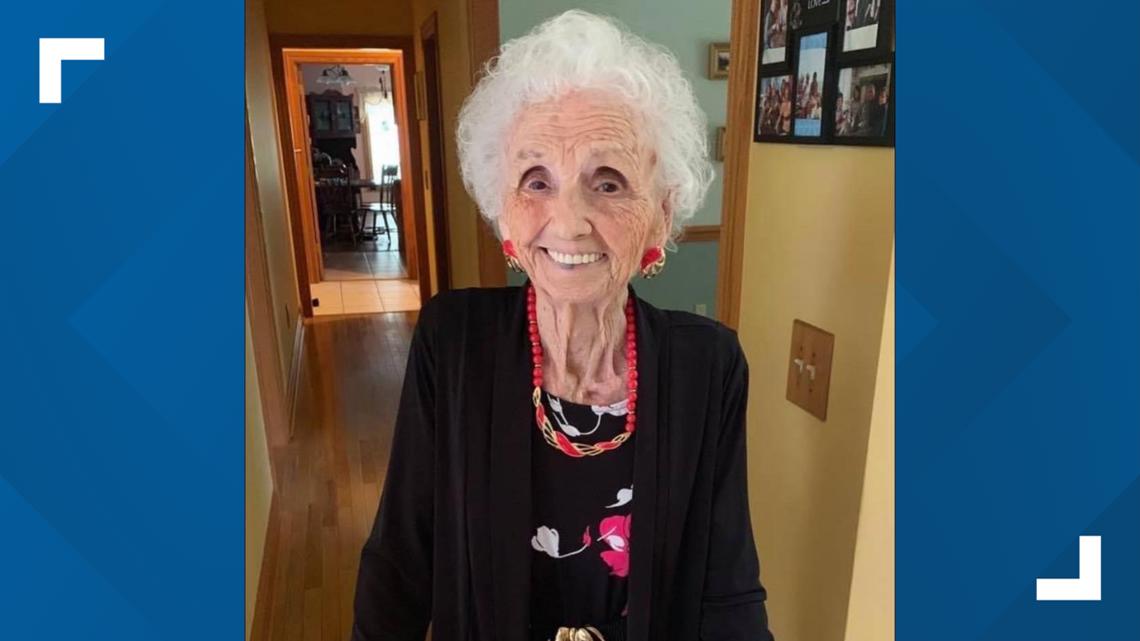
She submitted a DNA sample. Laborious mitochondrial DNA analysis was used on several skeletal remains found on the island. During the intense battles of the war, many of America’s killed troops were not able to be returned home. Instead, they were buried in makeshift graveyards as their units moved on to new battles.
Uncle Lewis’ bones were found on Saipan, mixed with those of some of his other fallen brothers. DNA from his jaw or thigh bones matched with my grandmother’s DNA.
Tuesday night, WKYC, our sister station in Cleveland where most of my family lives, told my uncle’s story. Susan Moses, Maureen Kyle and Chris Blake told it superbly, as I knew they would.
For 80 years, Uncle Lewis existed in photos and in my grandmother’s memories. A small group of military scientists solved a mystery we never believed could be solved.


“It doesn't matter what branch of service — no one is left behind, and we do mean that literally," Mansfield told WTOL 11's sister station WKYC in Cleveland. "Even going back to our Marines that served in World War II. We're doing everything in our power to bring you home to your loved ones and ensure that you are never forgotten.”
Other branches have their own repatriation units, but I will be forever grateful to Mansfield and his team of Marines. More information about their efforts can be found at www.hqmc.marines.mil/Agencies/Casualty-MFPC/Repatriation/. If you need help in your own efforts, reach out to me at bdugger@wtol.com.
Obviously, I never knew Uncle Lewis, but his death and my grandfather’s service in the Pacific led to a lifetime infatuation with the war, first in school and later in my personal and professional life.
While at The Blade, I wrote a series of stories on World War II veterans, including the story of Frank Moses. His remains were abandoned in a local storage unit. Through his military tags, I was able to piece together his military history in the Navy, find one of his officers, and have his remains buried – with full military honors in a local cemetery.
John Weygandt told me how he had never been on a plane in his life – until the Navy trained him to be a fighter pilot. It was a job he excelled at, and I was so grateful that my story caught the attention of a historian for the Library of Congress, who recorded Weygandt’s story a month before his death.
Daniel Jarczynski dedicated his life to having a large memorial erected on Omaha Beach, which was where he spent D-Day fighting. He was so angry that homes had been built on the sand where his friends died.

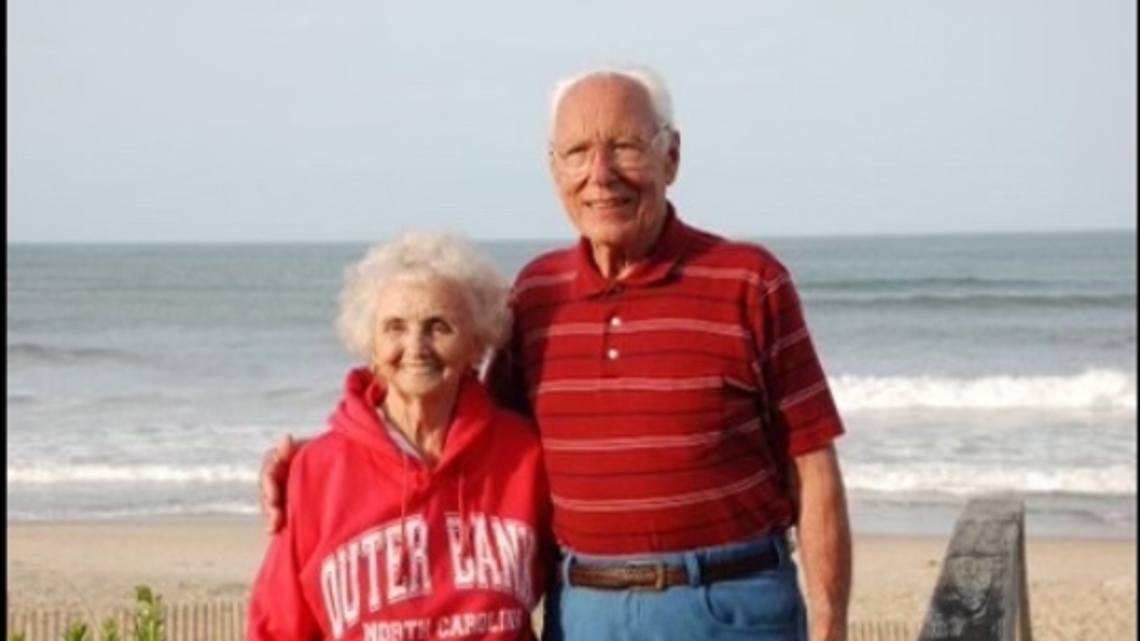
And, of course, I told readers about my grandfather, Edward Mangosh, who spent the war in the Pacific with his Army buddies, never really seeing combat but tearing a ligament in his knee that caused him to walk with a limp until he died in his mid-90s.
In those series of stories, Uncle Lewis was sometimes mentioned. The story about how he jumped out of a foxhole, ran up a hill, and was never seen again.
But later this fall, Uncle Lewis’ remains will be buried in Arlington National Cemetery. The Marines will be there, honoring him for giving up his life in service of his country.
His flag will be turned over to my family and all of our thoughts will drift to my grandmother, who spent a lifetime keeping her big brother’s memories alive through her stories. No doubt she also spent some nights crying, wrongly believing she had failed to bring Lewis home.
He is coming home. She just couldn’t do it in her lifetime.
I have shared a lot of conversations with my mom about what this discovery would have meant to my grandmother. But I think my mom summed it up really well to WKYC:
“She would have been the happiest person in the world to have gotten that phone call. But she’s in heaven with him now, so that’s OK.”
And that thought makes me smile.

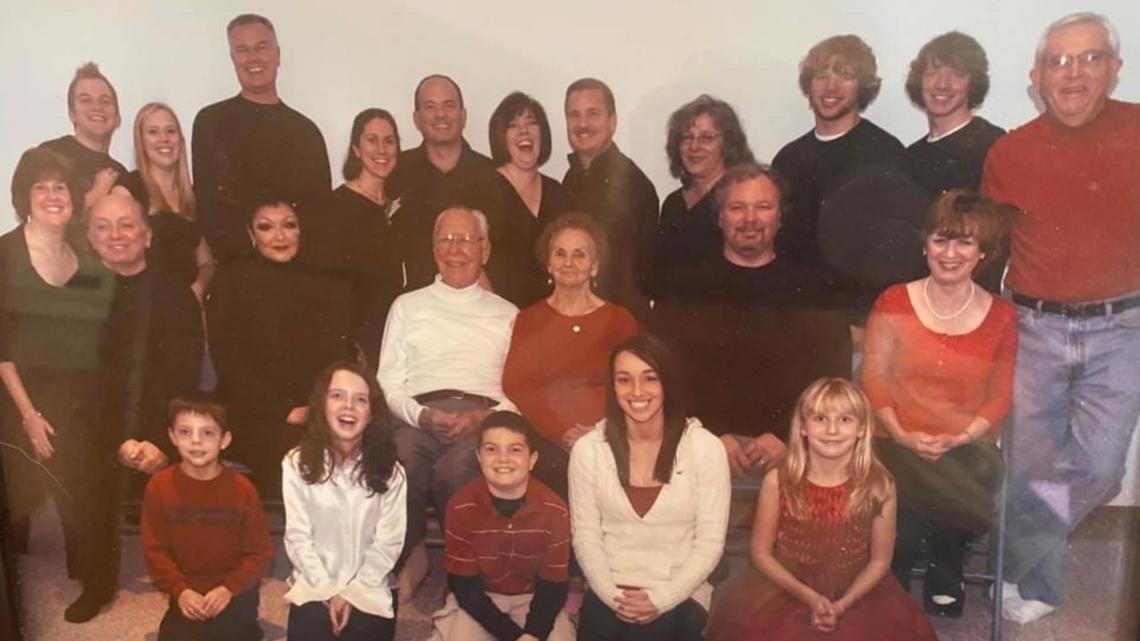
MORE FROM WTOL 11 NEWS:

